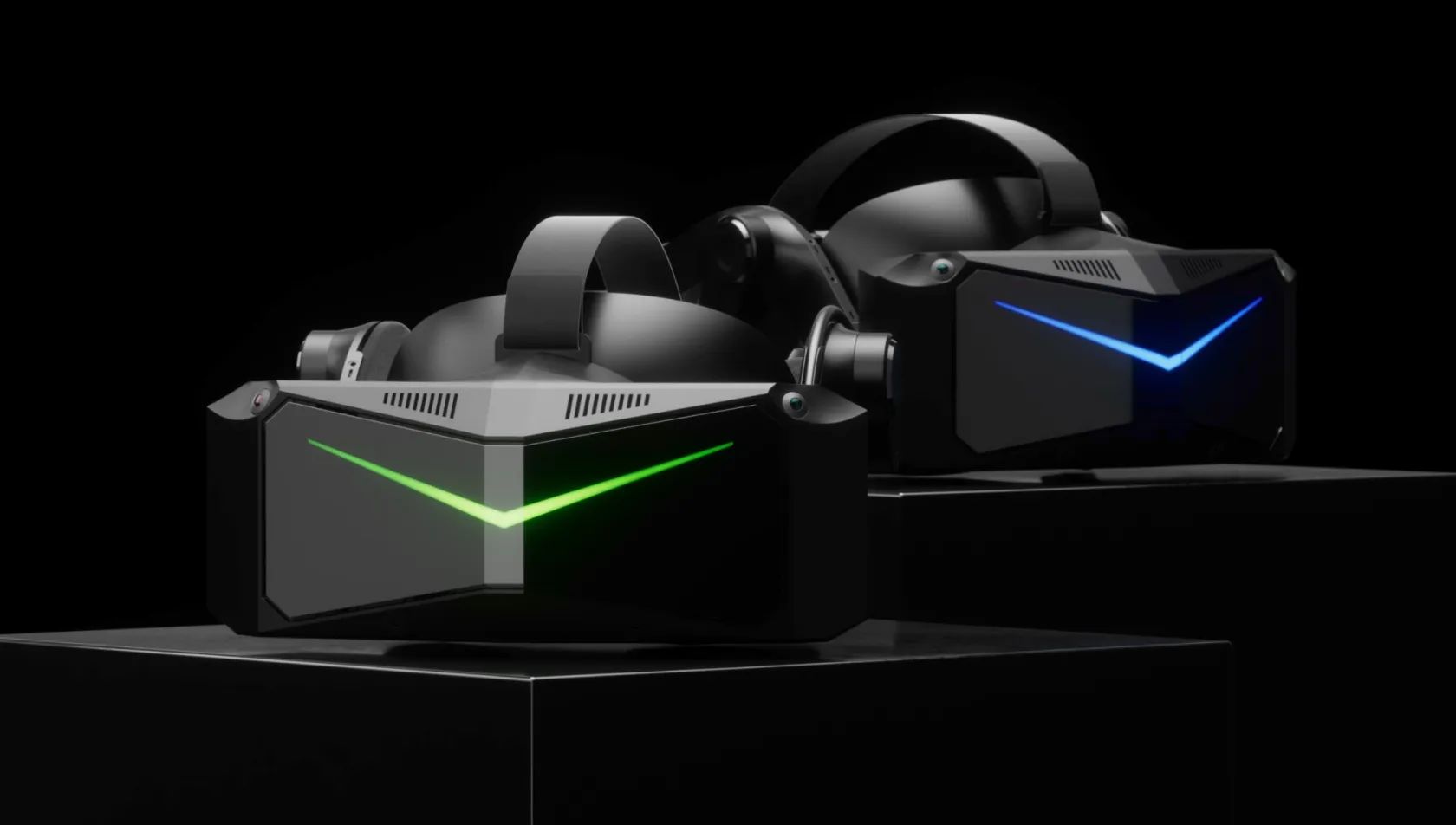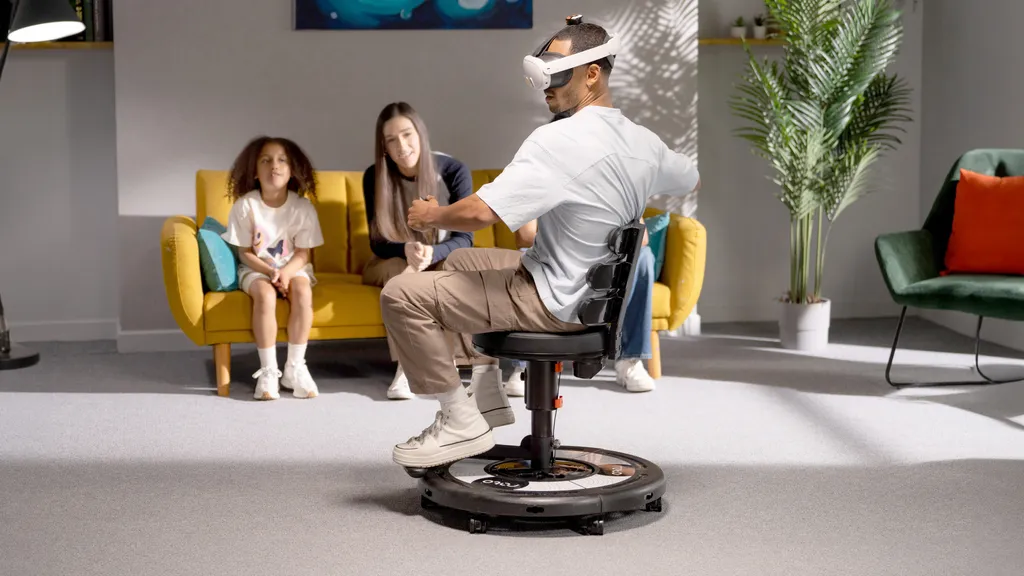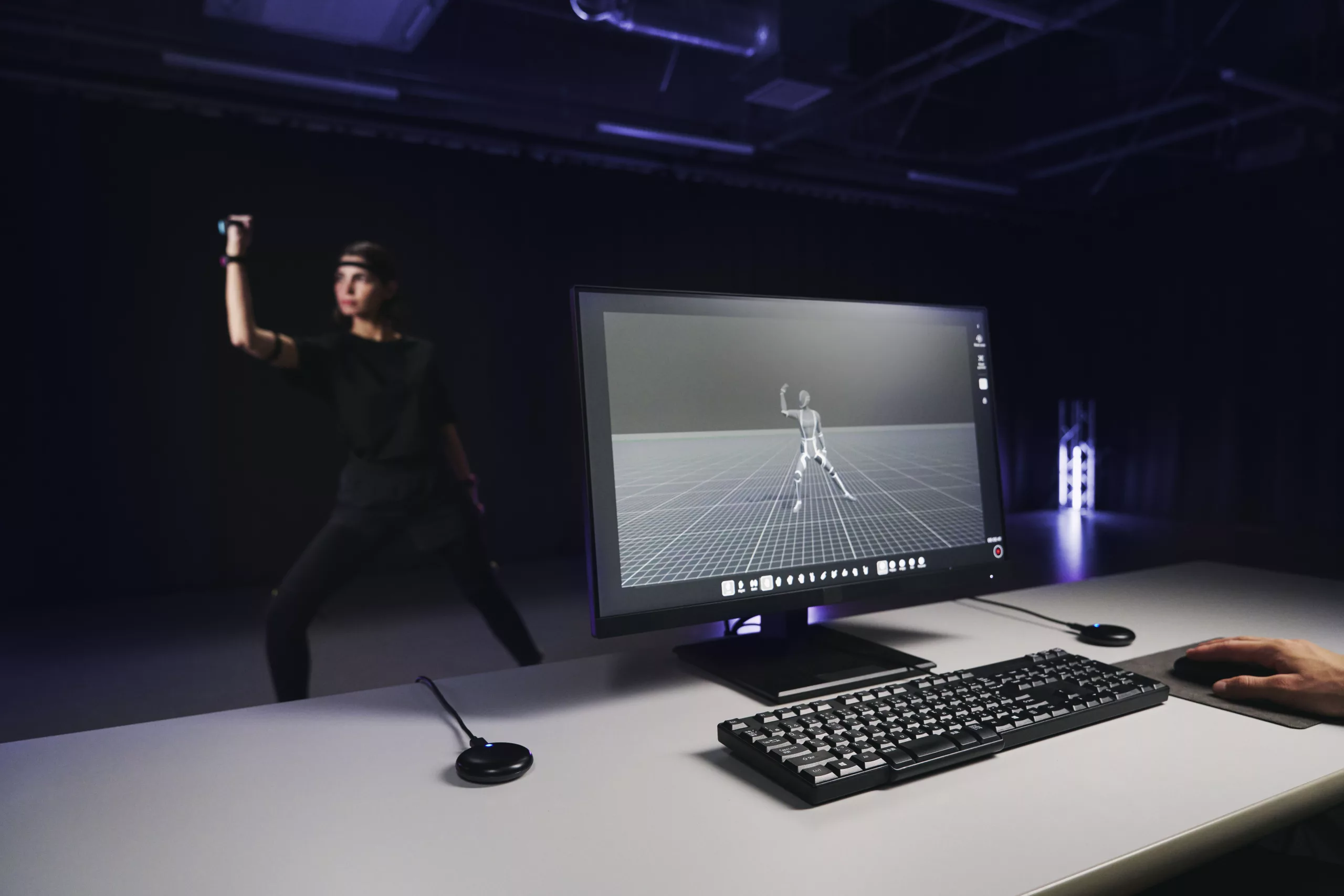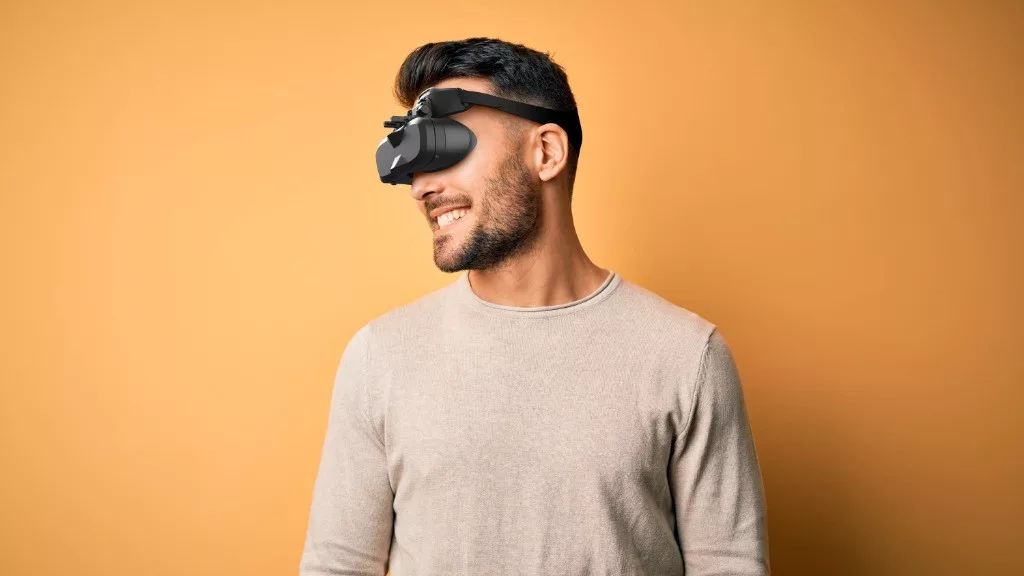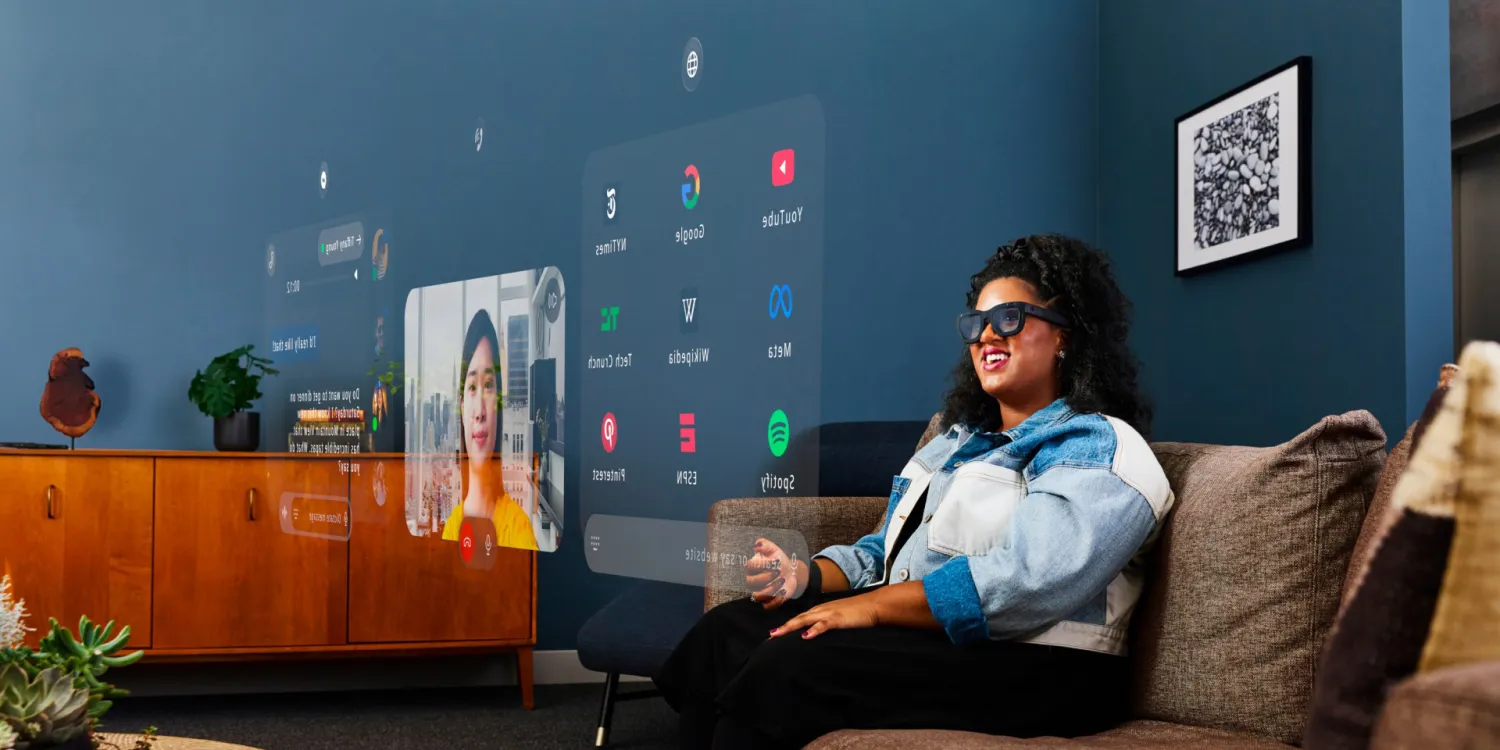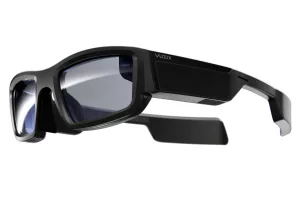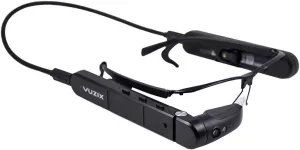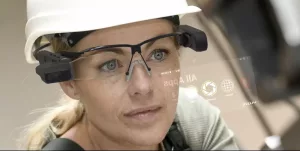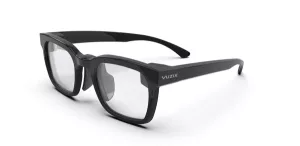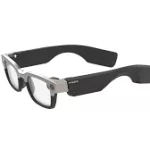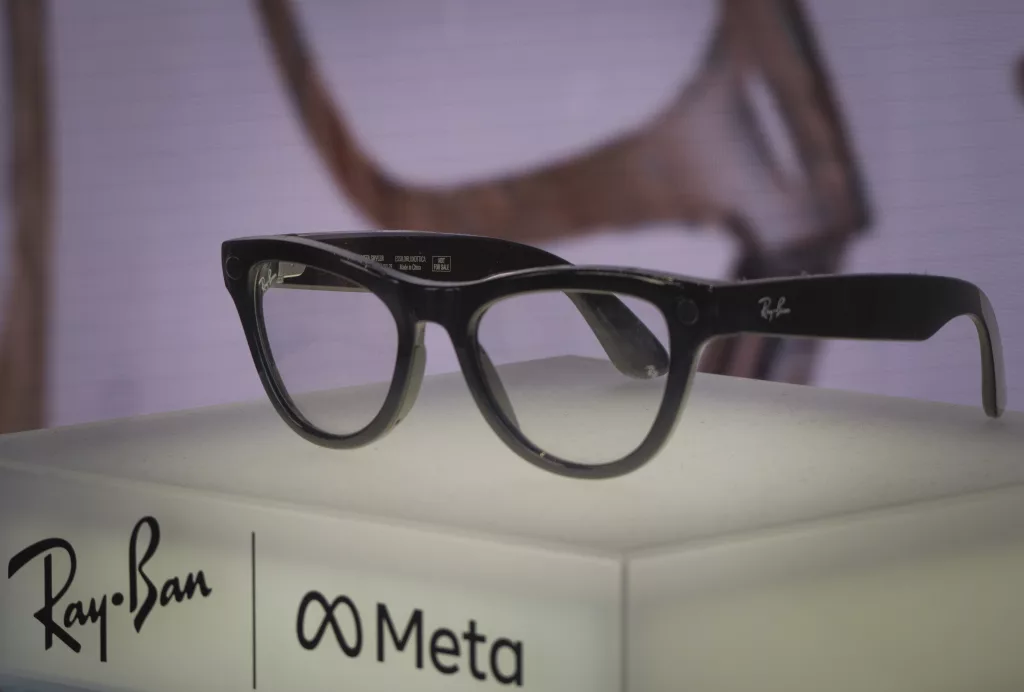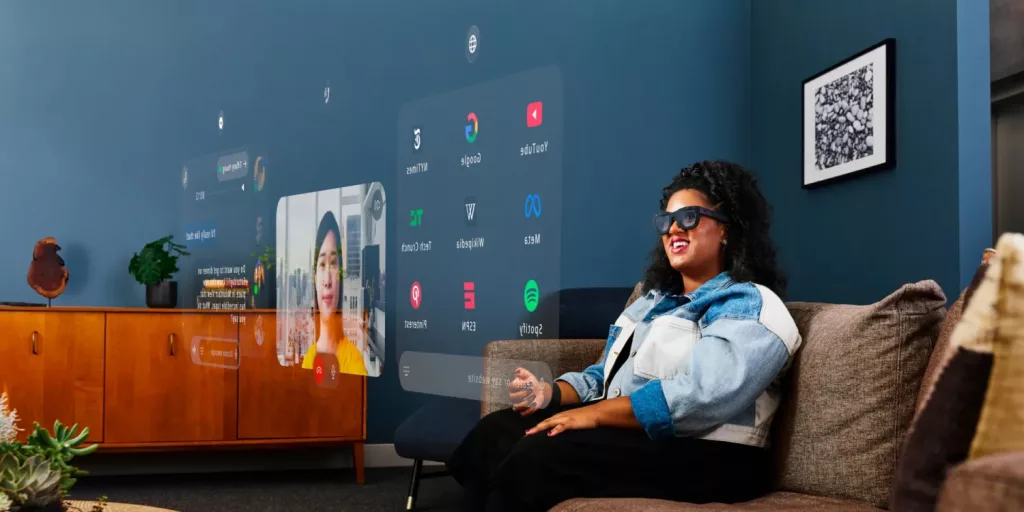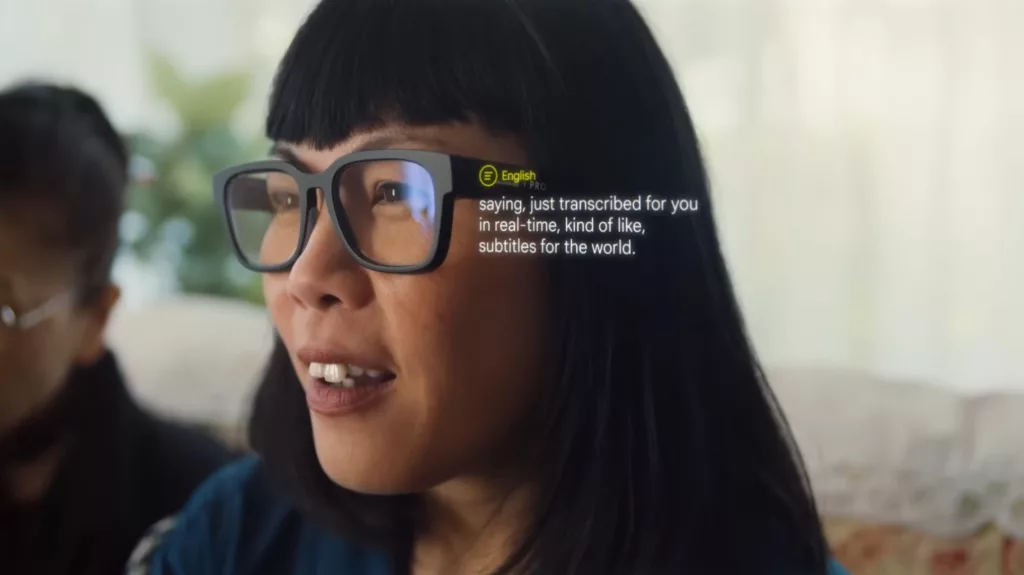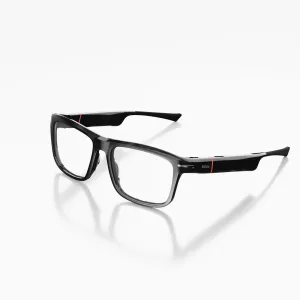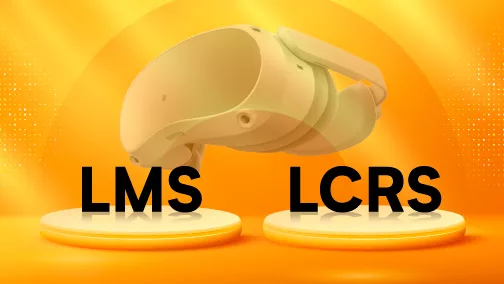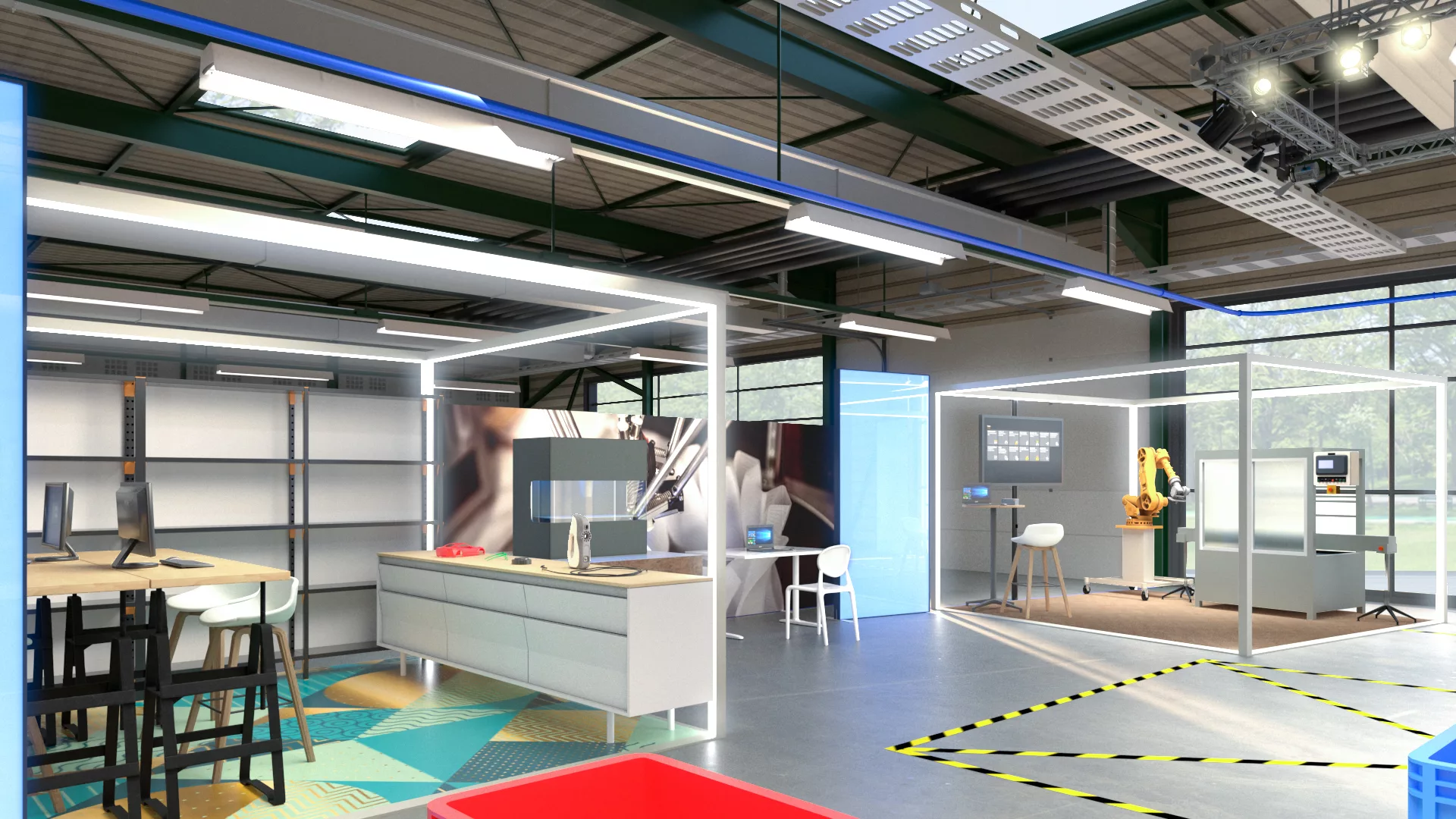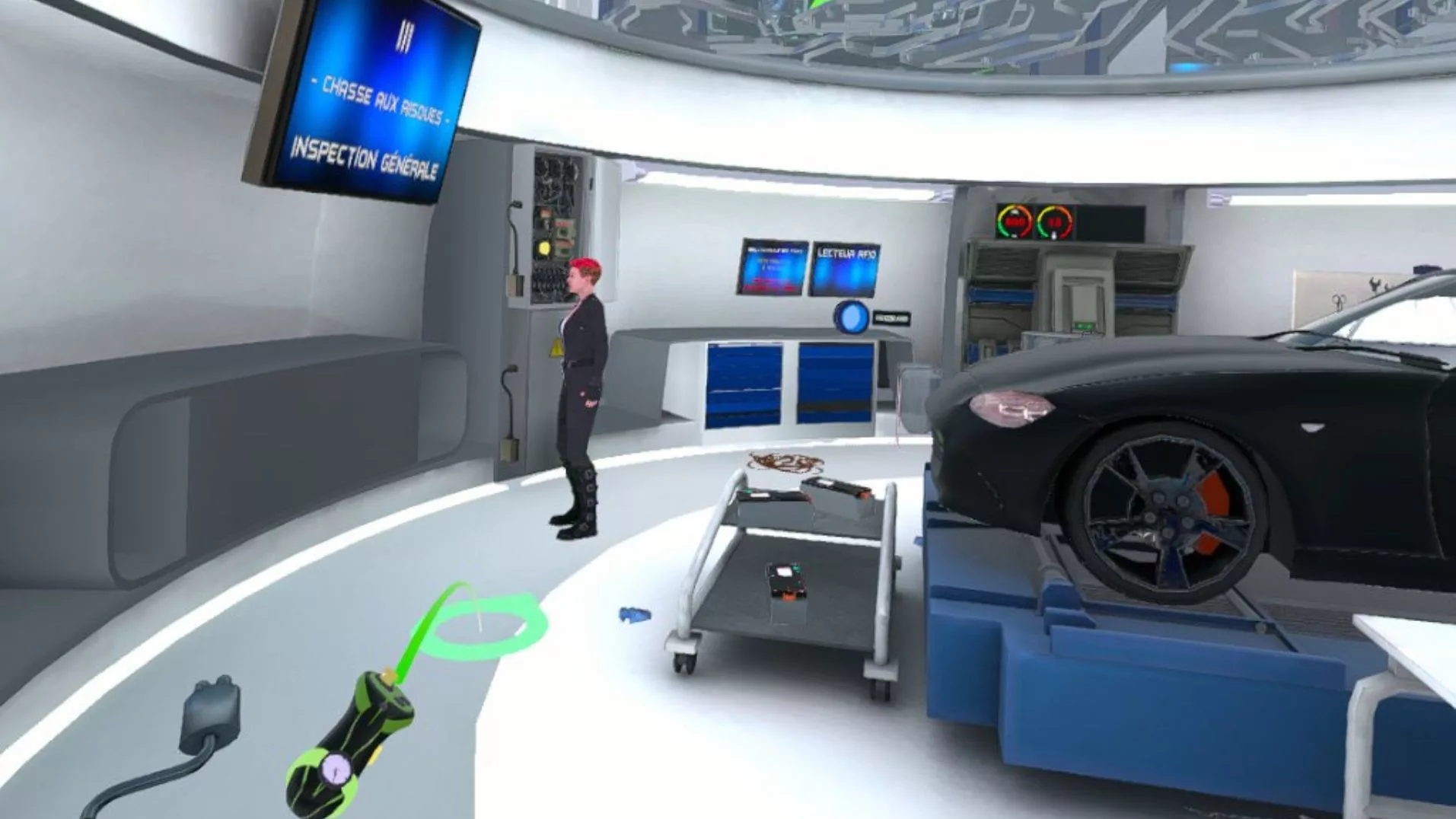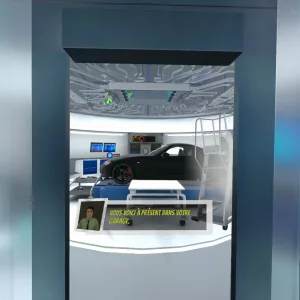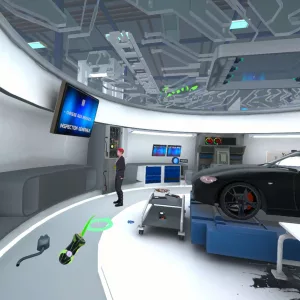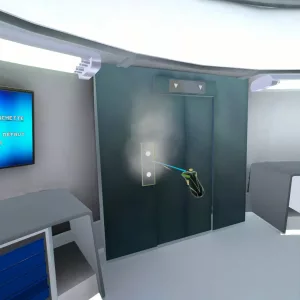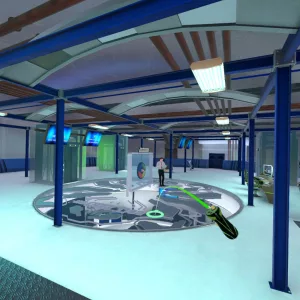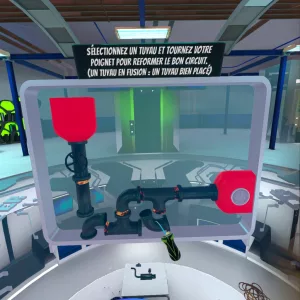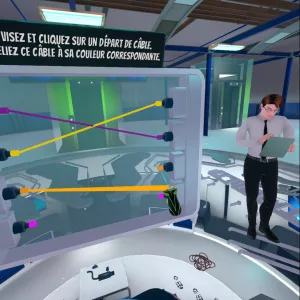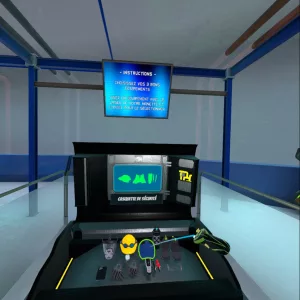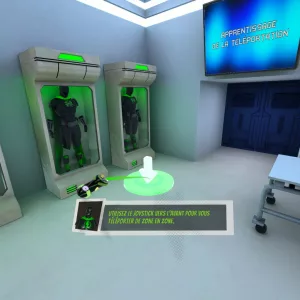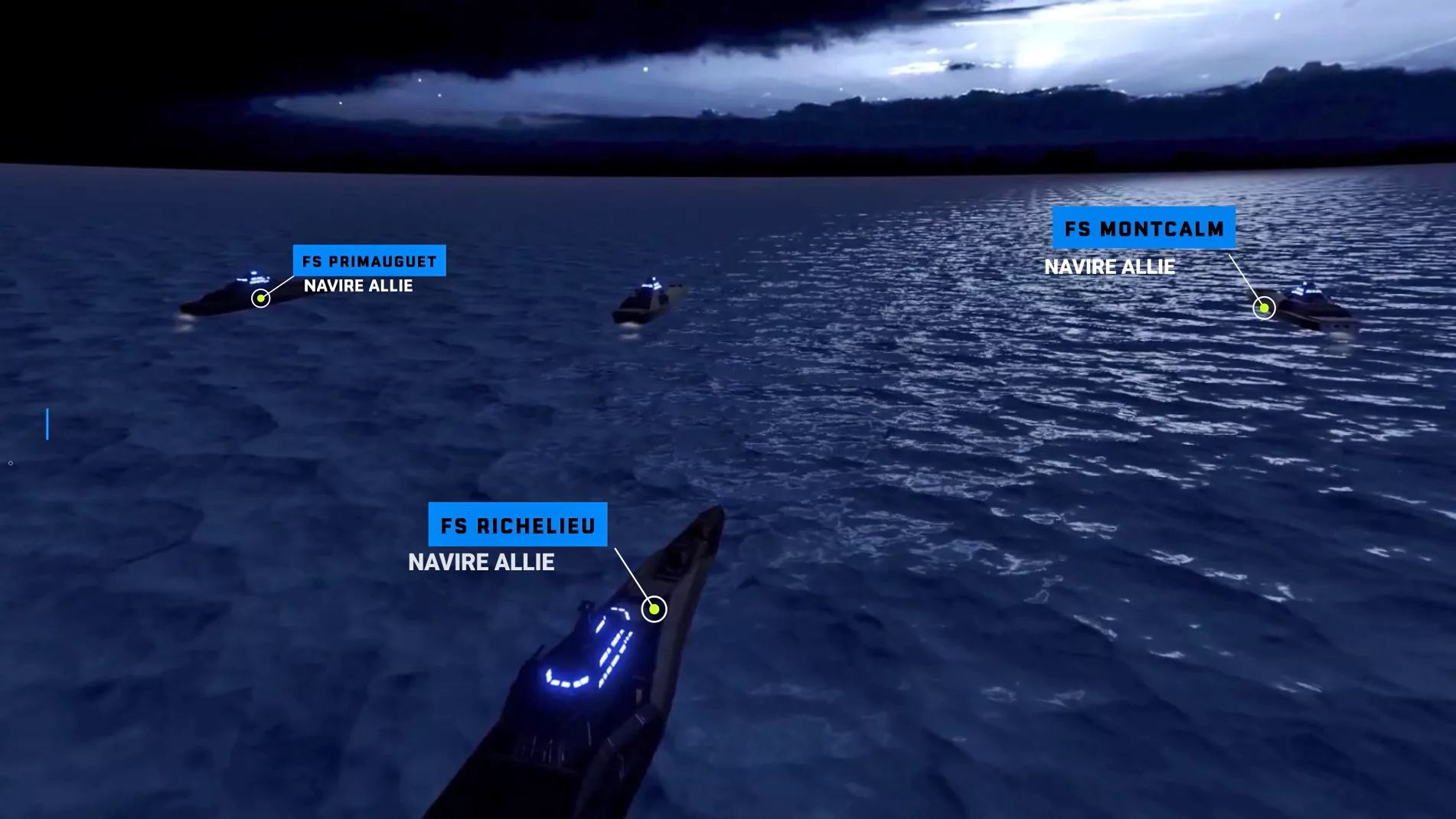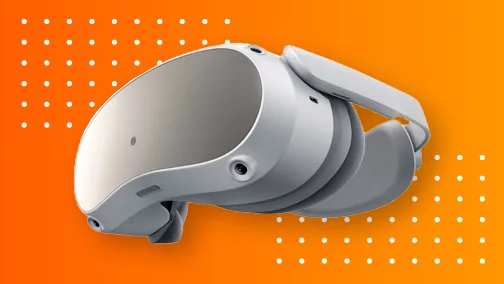Unveiled at CES 2025, the virtual reality headset Pimax Crystal Super marks a major breakthrough in the world of VR headsets. As the successor to the Pimax Crystal QLED, this new model offers significant improvements in display quality, performance, and ergonomics. With a resolution even higher, a wider field of view, and optimized optics, Pimax once again asserts its ambition: to deliver a no-compromise VR experience.
Resolution and Display Quality
The Crystal Super is equipped with QLED panels featuring a resolution of 3840×3840 pixels per eye, surpassing the 2880×2880 pixels of the Crystal QLED. This increase in pixel density provides exceptional visual clarity, reaching 57 pixels per degree (PPD). Additionally, the headset incorporates aspheric glass lenses, enhancing sharpness and reducing distortions.
Field of View and Brightness
The Crystal Super’s horizontal field of view is expanded to over 120°, providing enhanced immersion compared to previous models. The brightness reaches 280 nits, ensuring vivid and detailed images even in bright environments.
Advanced Features
Among the new features, the Crystal Super includes eye tracking, enabling automatic IPD (interpupillary distance) adjustment and optimizing foveal rendering for improved graphic performance. The headset also offers inside-out tracking, eliminating the need for external sensors, and is compatible with a wide range of VR applications and games.
Design and Comfort
The design of the Crystal Super has been refined to provide better comfort during extended use. While the weight is similar to that of the Crystal QLED, the improved weight distribution and high-quality materials contribute to a more pleasant user experience.
Availability and Outlook
Pimax plans to release the Crystal Super in the first quarter of 2025, with pre-orders already open. This advancement marks an important step in Pimax’s commitment to delivering high-quality virtual reality experiences that cater to the needs of professional users and VR enthusiasts.
Key Takeaways: Pimax Crystal Super vs. Pimax Crystal QLED
Features | Pimax Crystal Super | Pimax Crystal QLED |
|---|---|---|
Resolution per Eye | 3840×3840 pixels | 2880×2880 pixels |
Pixels per Degree (PPD) | 57 | 42 |
Field of view | 120°+ | 110° |
Luminosity | 280 nits | 200 nits |
Lense type | Glass Lenses | Plastic Lenses |
Eye Tracking | Yes | No |
Inside-Out Tracking | Yes | No (Base stations required) |
Release Date | T1 2025 | Available |
In summary, the Pimax Crystal Super represents a significant advancement in the field of virtual reality, offering substantial improvements in resolution, field of view, and advanced features, thus solidifying Pimax’s position as an innovative leader in the VR headset market.
